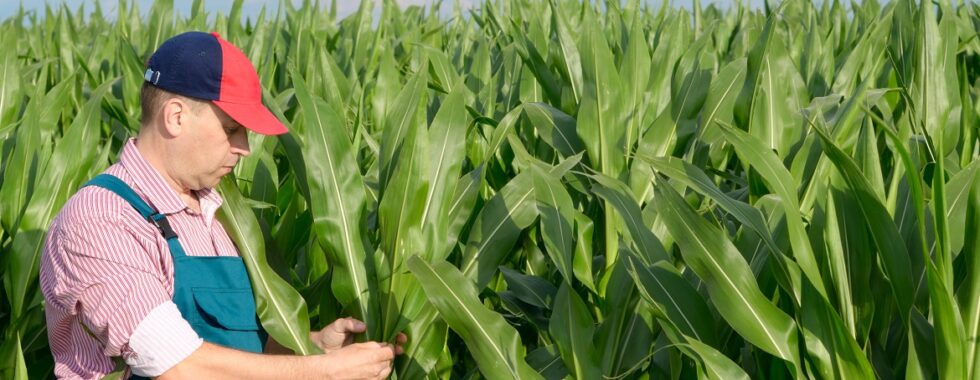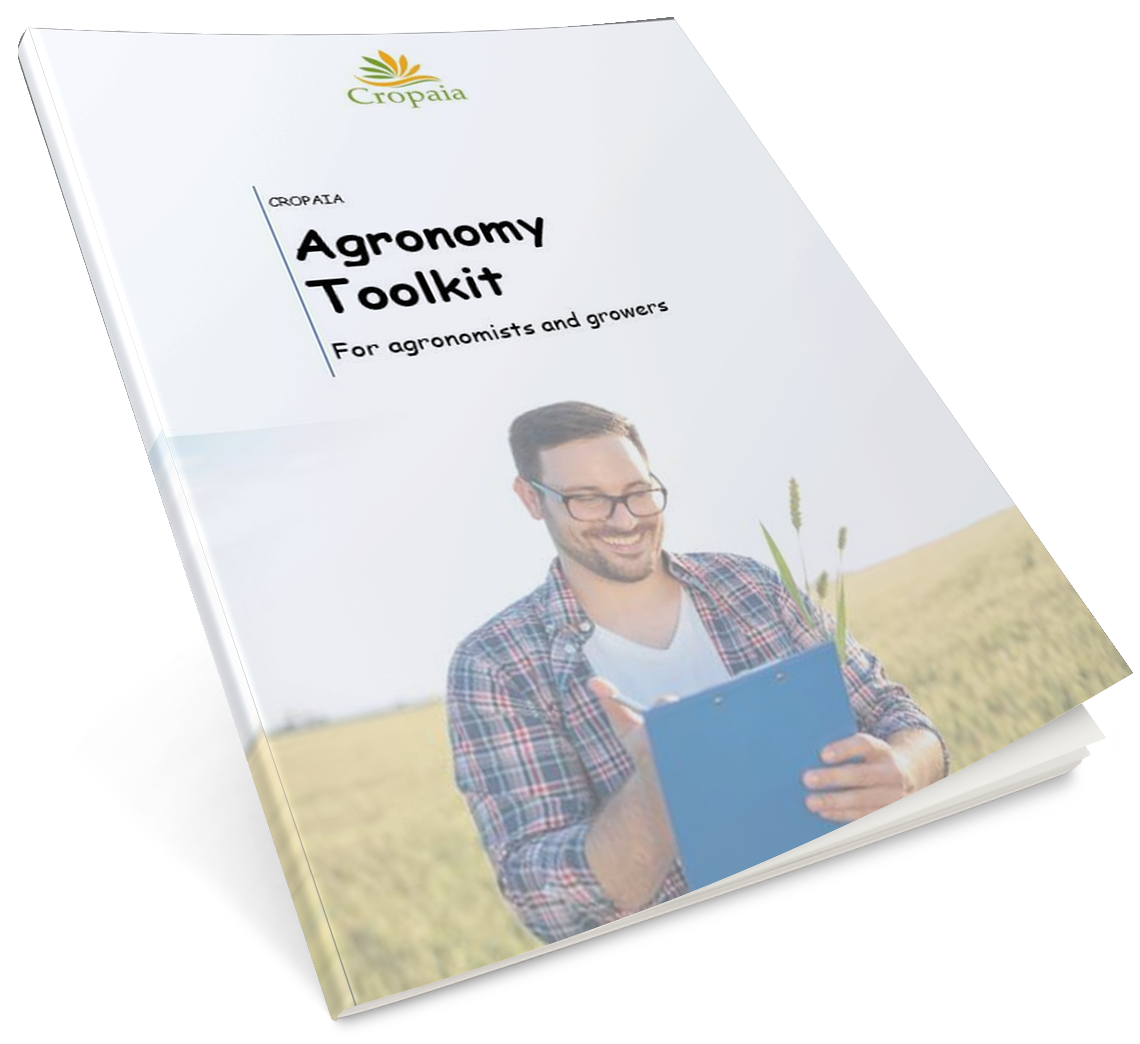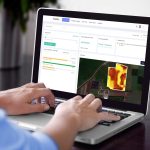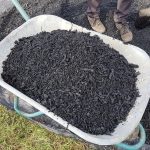Scouting and monitoring for pests and diseases
Scouting and monitoring are crucial steps in making informed decisions about pest and disease management. However, it can go beyond pest control and affect other important farming practices, such as identifying nutrient deficiencies and water.
To be effective, scouting and monitoring must achieve the following goals:
- Detect problems, pests and diseases, as early as possible, before the pest or disease are established and control becomes difficult.
- Correctly identify the pest/disease.
- Assess the severity of the problem, such as ranking it as Low, Moderate, High or Severe.
- Plan and implement a safe and effective treatment program.
- Evaluate the efficiency of the treatment.
To do this effectively, it’s important to have a good understanding of your crop, farm, and the surrounding area.
- Pests have preferences for certain crops. Learn to identify which pests/diseases are likely to attack your crop. This will help you focus on those pests and learn how to correctly identify them.
- Pests and diseases often have specific times of year when they are active, depending on weather conditions.
- It is not only your field – pests from neighboring farms may affect your crop.
For example, wind blowing in your direction can carry pests from farms around, during harvest.
Free Download – Agronomy Toolkit
Are you looking for helpful resources to improve your agronomic practices? This FREE download includes essential information such as unit conversions, soil and water analysis interpretation, and more. Click the button below to access the toolkit and start improving your agronomic knowledge today. Don’t miss out on this valuable resource!
How often should you scout your field?
To avoid dealing with crisis situations and making control much more difficult, it is essential to conduct regular and systematic monitoring.
When to start? It is recommended to start scouting immediately after the crop emerges.
Different pests and diseases may appear in different times along the growing season. Knowing the life cycle of each common pest or disease that might affect the crop, and when they may appear, can help you determine what to look for and when.
You can also predict pest infestations using GDD (Growing Degree Days) data. Pests have a predictable development pattern, based on heat accumulation. They require a specific amount of heat accumulation in order to reach a certain development stage.
Scouting patterns
Growers often develop their own scouting patterns, based on their experience and knowledge of their crop, variability in the field and common problems.
Some common scouting patterns include U shape, Z shape or W shape.
Scouting tools, aids and techniques
There are several tools and techniques that you can use for scouting. For example:
- Use a magnifier glass
- White paper sheet – Tapping flowers over a white sheet of paper may to detect thrips
- Inspect both upper and lower side of the leaves, don’t leave out stems and stem bases
In greenhouses you can use dedicated tools:
Yellow sticky traps attract adult whiteflies, leafminers, cabbage loopers.
- Blue sticky traps attract thrips.
- Electric insect killer catches butterflies, moths.
Other tools can that be used anywhere, include sweep nets and pheromone lures (for monitoring some species of moths).
In large open fields, you can use precision agriculture tools to monitor pests and diseases. Technologies such as satellite imagery, GPS, drones etc. Today, remote-sensing technologies can help in detecting and identifying pests and diseases. NDVI (Normalized Difference Vegetation Index), is the most commonly used index. Farmers use it to detect changes in the biomass of the crop. Near infra-red cameras are used in order to obtain this index. RGB cameras, which are standard cameras that capture images and videos, are also used for pest and disease detection.
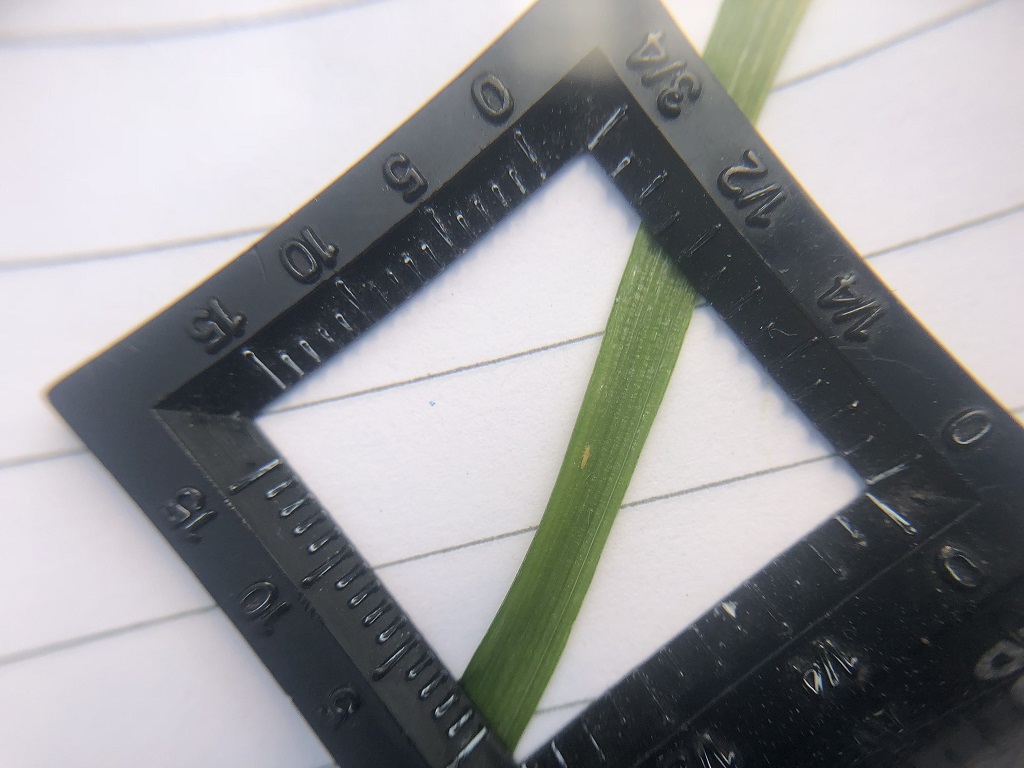 Thrips through a magnifier glass
Thrips through a magnifier glass
Record keeping
Keeping records of the scouting findings is essential in order to evaluate the efficiency of the treatment and to predict problems in future seasons.
At a minimum, you should make records of the following:
- Crops scouted
- Date
- Findings – identification of the pest, development stages, Severity of infestation
- Treatments you applied
- Findings from follow-up monitoring
Are you looking to improve your skills in pest and disease management for crops?
Our Pest and Disease Management course is perfect for farmers, agricultural professionals, and anyone interested in learning more about protecting their crops from pests and diseases.
Gain gain a comprehensive understanding of how to identify, prevent, and manage pest and disease outbreaks in a variety of crops. Enroll today and take the first step towards becoming a more effective and efficient!
Click here to learn more!


